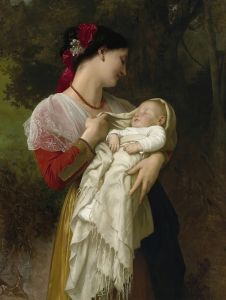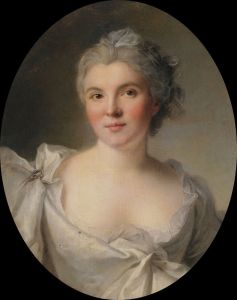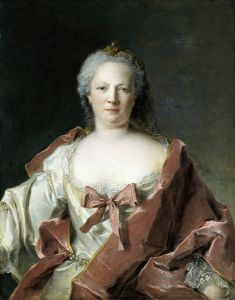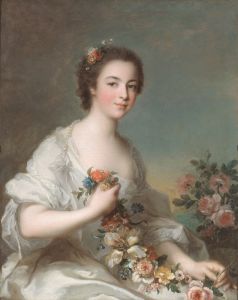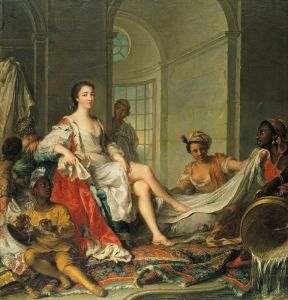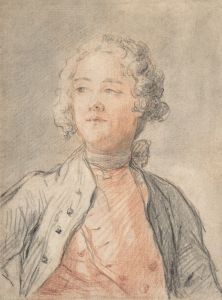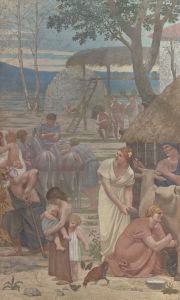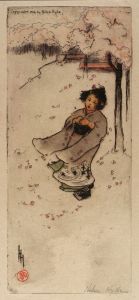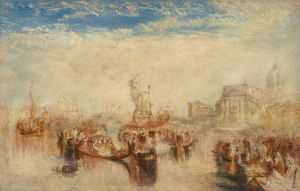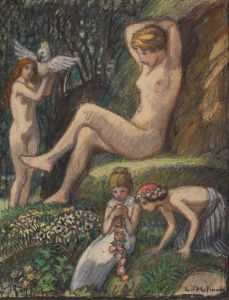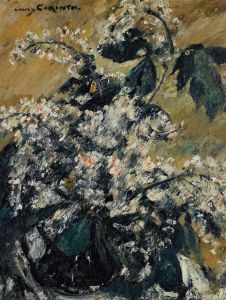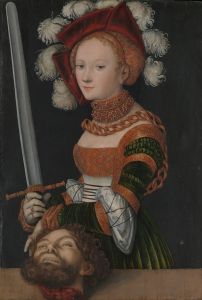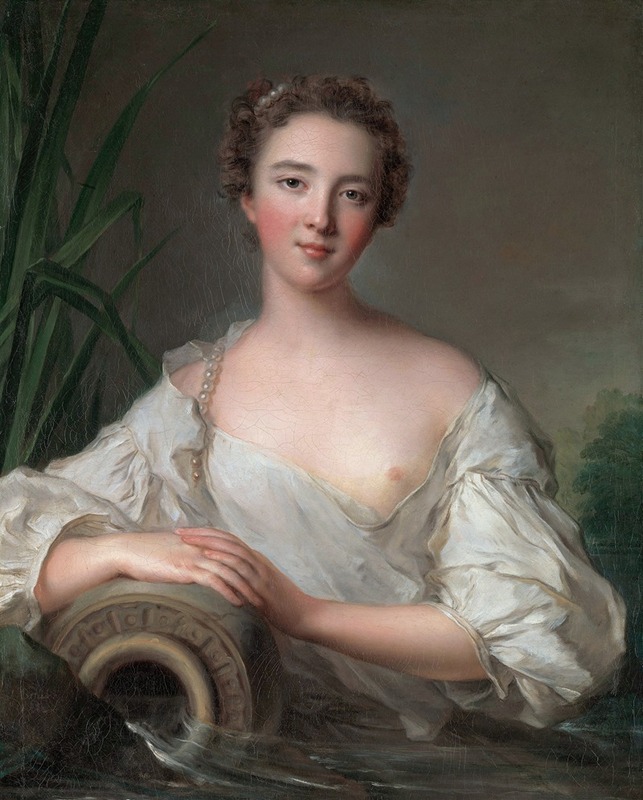
The Spring
A hand-painted replica of Jean-Marc Nattier’s masterpiece The Spring, meticulously crafted by professional artists to capture the true essence of the original. Each piece is created with museum-quality canvas and rare mineral pigments, carefully painted by experienced artists with delicate brushstrokes and rich, layered colors to perfectly recreate the texture of the original artwork. Unlike machine-printed reproductions, this hand-painted version brings the painting to life, infused with the artist’s emotions and skill in every stroke. Whether for personal collection or home decoration, it instantly elevates the artistic atmosphere of any space.
Jean-Marc Nattier was a prominent French Rococo painter known for his portraits of the French aristocracy, often depicting them in mythological or allegorical settings. One of his notable works is "The Spring," which exemplifies his skill in combining portraiture with allegorical themes.
"The Spring" is an oil painting that captures the essence of the Rococo style, characterized by its lightness, elegance, and use of soft colors. Nattier's work often featured a delicate palette and a graceful composition, and "The Spring" is no exception. The painting is believed to have been created in the mid-18th century, during a period when Nattier was at the height of his career, enjoying patronage from the French court and nobility.
In "The Spring," Nattier employs his signature technique of blending portraiture with allegory. The painting likely depicts a female figure personifying the season of spring, a common theme in art that symbolizes renewal, growth, and beauty. The figure is typically adorned with flowers and surrounded by elements that evoke the freshness and vitality of springtime. This approach allowed Nattier to flatter his sitters by associating them with the positive qualities of the allegorical figure they represented.
Nattier's ability to capture the likeness of his subjects while imbuing them with an idealized, almost ethereal quality made his portraits highly sought after. His works often featured members of the French royal family and the aristocracy, who appreciated his flattering portrayals and the fashionable elegance of his style. "The Spring" would have appealed to contemporary tastes by combining the charm of portraiture with the intellectual appeal of allegorical representation.
The Rococo period, during which Nattier worked, was marked by a shift away from the grandeur and formality of the Baroque towards a more playful and decorative aesthetic. This change is evident in "The Spring," where the emphasis is on grace, beauty, and the pleasures of life. Nattier's work reflects the cultural and artistic trends of his time, capturing the spirit of an era that valued refinement and sophistication.
While specific details about the commission or the identity of the sitter in "The Spring" may not be well-documented, the painting remains an important example of Nattier's oeuvre. It showcases his talent for creating visually appealing and intellectually engaging works that resonated with the tastes of his patrons.
In summary, "The Spring" by Jean-Marc Nattier is a quintessential Rococo painting that combines portraiture with allegory. It reflects the artistic trends of 18th-century France and highlights Nattier's skill in capturing both the likeness and the idealized beauty of his subjects. The painting remains a testament to Nattier's reputation as a master portraitist of his time.





